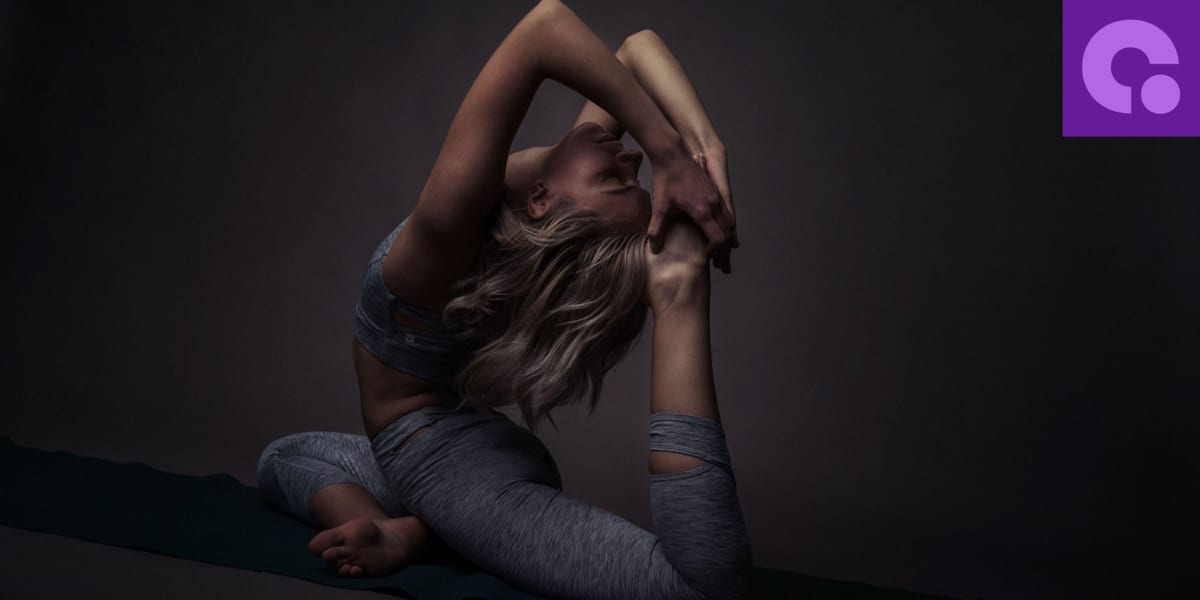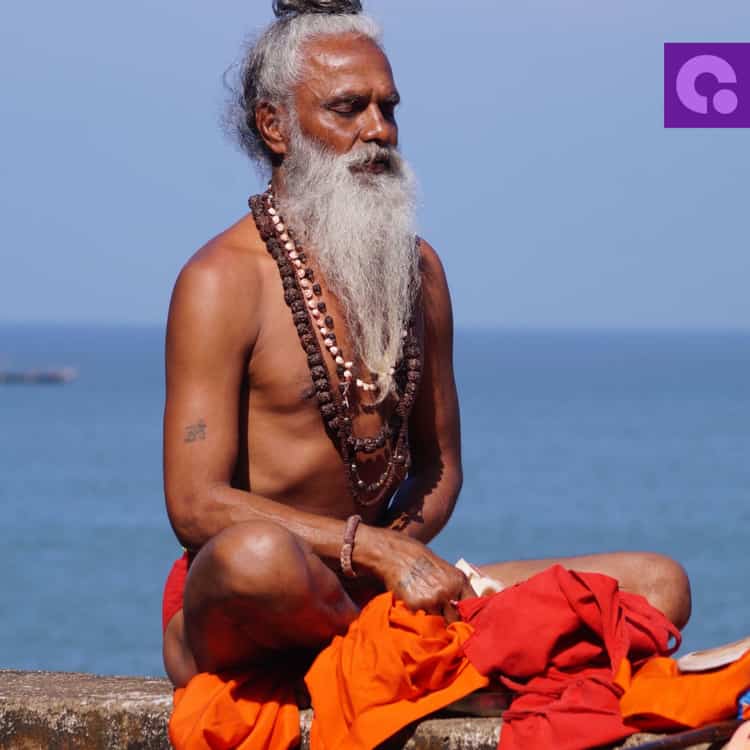Welcome to our comprehensive guide on Hatha Yoga Poses! If you’re looking to enhance your physical and mental well-being, Hatha Yoga is the perfect practice for you. In this article, we will explore the various Hatha Yoga poses that can help you achieve balance, flexibility, and inner peace. Whether you’re a beginner or an experienced yogi, these poses will invigorate your body and calm your mind.
What is Hatha Yoga and how is it different from other types of yoga?
| Type of Yoga | Focus | Key Characteristics |
|---|---|---|
| Hatha Yoga | Physical Well-being | Emphasis on physical postures (asanas) and alignment. Balancing opposing forces (ha = sun, tha = moon). Promotes overall strength, flexibility, and balance. |
| Vinyasa Yoga | Flow and Breath | Dynamic practice linking breath with movement. Continuous flow between poses. Focus on transitions and sequences. |
| Ashtanga Yoga | Discipline | Rigorous and structured practice with set sequences. Consists of primary, secondary, and advanced series. Emphasizes breath (ujjayi) and drishti (gaze). |
| Bikram (Hot) Yoga | Heat and Detoxification | Practiced in a hot and humid room (26 postures, 2 breathing exercises). Aims to increase flexibility and detoxify the body. |
| Kundalini Yoga | Energy and Awareness | Focus on awakening kundalini energy at the base of the spine. Includes kriyas (specific sequences), pranayama, and meditation. Aims for self-realization. |
| Iyengar Yoga | Precision and Alignment | Emphasis on precise alignment using props (blocks, straps, etc.). Helps in therapeutic applications and correcting imbalances. Slow-paced and detail-oriented. |
| Yin Yoga | Deep Stretch and Relaxation | Passive, long-held poses targeting connective tissues (3-5 minutes). Aims to increase flexibility and release tension. Meditative and introspective. |
| Power Yoga | Strength and Intensity | Derived from Ashtanga, but with flexibility in sequencing. High-intensity, vigorous practice. Focus on building strength and endurance. |
| Restorative Yoga | Relaxation and Healing | Uses props to support the body in gentle, restful poses. Promotes deep relaxation, stress reduction, and healing. Ideal for recovery and relaxation. |
| Jivamukti Yoga | Spiritual and Ethical | Integrates physical practice with spiritual teachings. Emphasizes ethical living, veganism, and environmental awareness. Includes chanting and meditation. |
| Bhakti Yoga | Devotion and Love | Focus on devotion, love, and surrender to a higher power. Often involves singing bhajans (devotional songs) and mantra chanting. Devotional acts as yoga. |
| Karma Yoga | Selfless Service | Emphasis on selfless service and actions without attachment to outcomes. Doing one’s duty for the benefit of others and personal growth. Yoga of selfless action. |
1. Mountain Pose (Tadasana)
Let’s start with the foundation of all standing poses – the Mountain Pose. This pose may seem simple, but it is the basis for many other Hatha Yoga poses. To practice the Mountain Pose:
- Stand tall with your feet hip-width apart.
- Engage your core and distribute your weight evenly on both feet.
- Relax your shoulders and lengthen your spine.
- Bring your palms together in front of your heart.
- Breathe deeply and hold the pose for 30 seconds to 1 minute.
The Mountain Pose improves posture, strengthens your legs, and promotes a sense of grounding and stability.
2. Downward-Facing Dog Pose (Adho Mukha Svanasana)
The Downward-Facing Dog Pose is a staple in Hatha Yoga and offers a multitude of benefits. To practice this pose:
- Start on your hands and knees, with your hands shoulder-width apart and your knees hip-width apart.
- Press your palms into the mat and lift your hips up, forming an inverted V shape with your body.
- Keep your knees slightly bent and your heels reaching towards the ground.
- Lengthen your spine and relax your neck.
- Breathe deeply and hold the pose for 1 to 3 minutes.
The Downward-Facing Dog Pose stretches your hamstrings, calves, and shoulders, while also strengthening your arms and legs. It also helps to relieve stress and improve digestion.
3. Tree Pose (Vrikshasana)
The Tree Pose is a balancing pose that cultivates focus and stability. To practice this pose:
- Stand tall with your feet hip-width apart.
- Shift your weight onto your left foot and lift your right foot off the ground.
- Place the sole of your right foot on your left inner thigh or calf, avoiding the knee joint.
- Bring your hands together in front of your heart or extend them overhead.
- Breathe deeply and hold the pose for 30 seconds to 1 minute.
The Tree Pose improves balance, strengthens your legs, and enhances concentration. It also opens up your hips and stretches your inner thighs.
4. Child’s Pose (Balasana)
If you’re looking for a restorative pose to relax and release tension, the Child’s Pose is perfect for you. To practice this pose:
- Kneel on the floor with your knees hip-width apart and your toes touching.
- Sit back on your heels and slowly lower your torso down, resting your forehead on the mat.
- Extend your arms forward or alongside your body, palms facing up.
- Breathe deeply and hold the pose for 1 to 3 minutes.
The Child’s Pose gently stretches your lower back, hips, and thighs. It also calms the mind and relieves stress and fatigue.
5. Corpse Pose (Savasana)
Our final pose is the Corpse Pose, which is often practiced at the end of a Hatha Yoga session to promote deep relaxation. To practice this pose:
- Lie flat on your back with your legs extended and your arms relaxed by your sides.
- Close your eyes and allow your body to completely surrender to the mat.
- Focus on your breath and let go of any tension or thoughts.
- Breathe deeply and hold the pose for 5 to 10 minutes.
The Corpse Pose rejuvenates your body and mind, reduces anxiety, and improves sleep quality. It is the ultimate pose for complete relaxation.
FAQs on Hatha Yoga Poses
Q: Can I practice Hatha Yoga poses if I’m a beginner?
A: Absolutely! Hatha Yoga is suitable for practitioners of all levels, including beginners. Start with simple poses and gradually progress as you build strength and flexibility.
Q: How often should I practice Hatha Yoga poses?
A: It is recommended to practice Hatha Yoga at least 2 to 3 times a week to experience the full benefits. Consistency is key to progress in your practice.
Q: Can Hatha Yoga poses help with stress relief?
A: Yes, Hatha Yoga poses are excellent for stress relief. The combination of deep breathing, gentle movements, and mindfulness helps to calm the nervous system and promote relaxation.
Q: Are there any precautions I should take while practicing Hatha Yoga poses?
A: It is important to listen to your body and not push yourself beyond your limits. If you have any pre-existing medical conditions or injuries, consult with a qualified yoga instructor before attempting new poses.
Q: Can Hatha Yoga poses help with weight loss?
A: While Hatha Yoga poses may not directly result in weight loss, they can contribute to overall well-being and a healthy lifestyle. Regular practice can improve metabolism, increase muscle tone, and enhance body awareness.
Conclusion
Congratulations on completing our guide to Hatha Yoga poses! By incorporating these poses into your regular practice, you will experience increased strength, flexibility, and inner peace. Remember to listen to your body, breathe deeply, and enjoy the journey of self-discovery through Hatha Yoga. Fun fact: Did you know that Hatha Yoga is one of the oldest forms of yoga and dates back to the 15th century in India? Start your Hatha Yoga journey today and unlock the countless benefits it has to offer!
Originally posted 2023-07-20 21:52:08.



